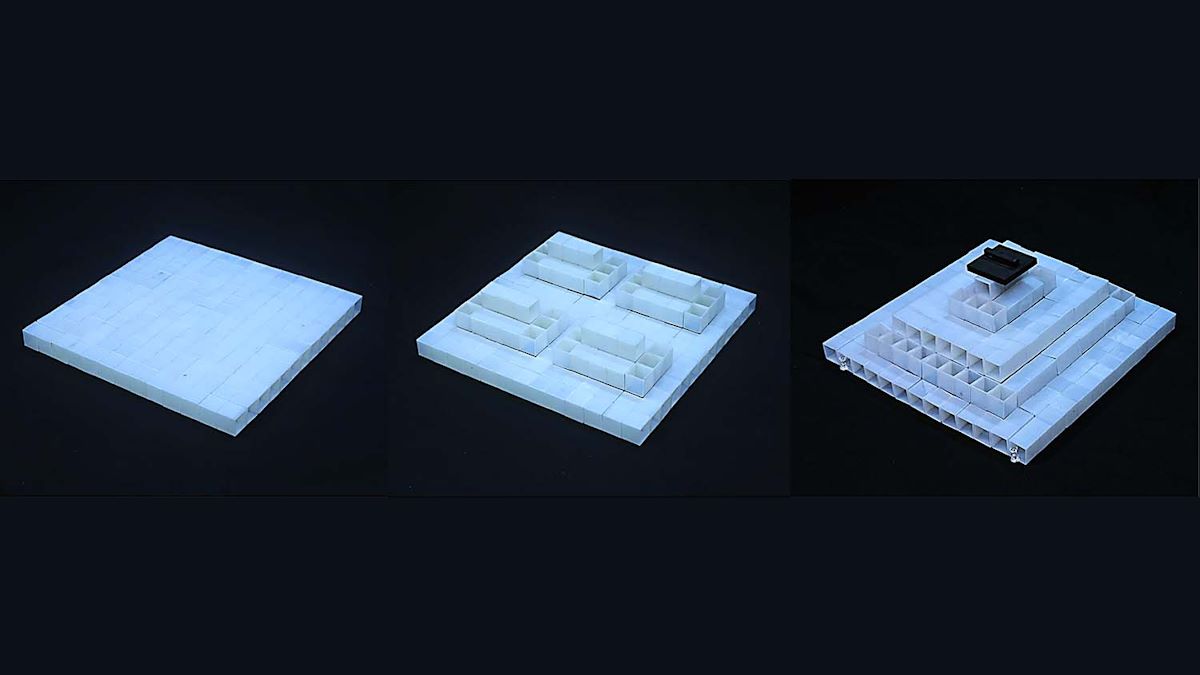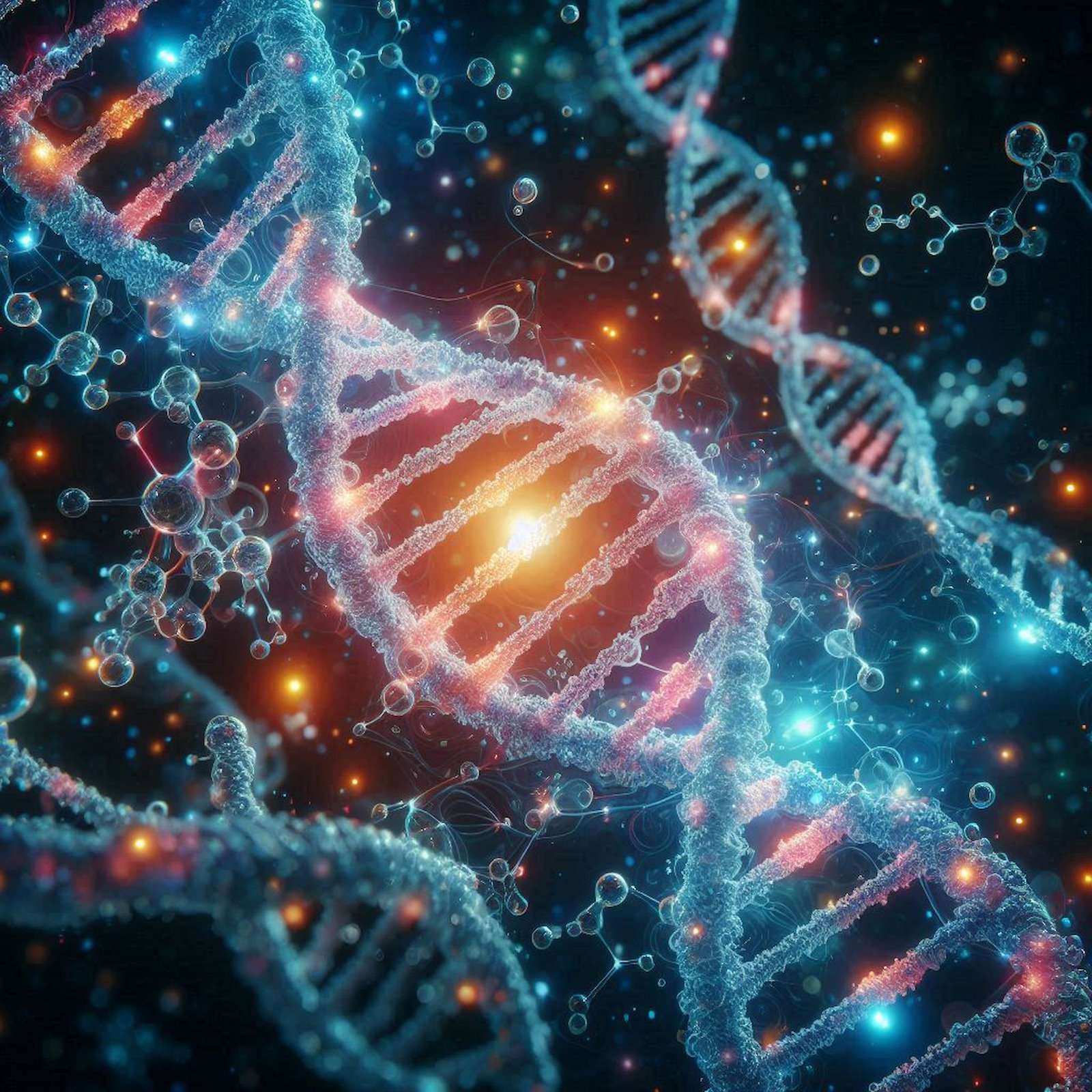Mechanical computers are experiencing an unexpected renaissance thanks to an innovation inspired by the Japanese art of kirigami. American researchers have developed an entirely mechanical system for storing and processing data.
A research team at North Carolina State University has developed mechanical computer It is based on a complex structure of solid, interconnected polymer cubes. This system allows Data storage, retrieval and erasure Without resorting to traditional electronic components.
The innovation is inspired by kirigami, the Japanese art of cutting and folding paper. The researchers applied these principles to 3D materials, creating functional units made up of 64 interconnected cubes.
Professor Ji Yin, co-author of the study and associate professor of mechanical and aerospace engineering at the College ofNorth Carolina State UniversityHe explains:We were interested in developing a stable mechanical system for storing data. Additionally, this proof-of-concept work focused on binary computer functions, where the cube is pushed up or down – either 1 or 0.»
The basic units of this new mechanical computer are: plastic cubes One centimeter, assembled into functional units of 64 interconnected cubes. Changing the configuration of one cube changes the geometry of all connected cubes.
Professor Yin highlights the potential of this system: “We believe there is potential for more complex calculations, where data is transmitted by the height to which a particular cube is pushed. We have shown that cubes can have five or more different states. In theory, this means that a particular cube can transmit not only 1 or 0, but also 2, 3 or 4.»
The cubes are connected by thin strips of elastic tape. To modify the data, users must pull the edges of the superstructure, which extends the elastic tape and allows the cubes to be pushed up or down. When the superstructure is released, the tape contracts, locking the cubes—and the data—in place.
Potential applications and future visions
Yanbin Li, the study's first author and a postdoctoral researcher at North Carolina State University, highlights the potential application:This system allows users to create a mechanical 3D encryption or decryption. For example, a specific configuration of functional units can serve as a 3D password.»
The information density of this system is astonishing. In a binary framework, the simple superstructure of 9 functional units provides over 362,000 possible configurations.
The researchers also plan to explore the possibility of creating such superstructures. Touch systems Display information in a 3D context, not as pixels on a screen.
This innovation opens the way to new forms of computation and data storage, beyond the limits of traditional electronic systems. Potential applications in the fields of cryptography, advanced computing, and 3D user interfaces are attracting great interest in the scientific community.
The paper, titled “Reprogrammable and configurable mechanical computing structures with stable, high-density memory,” is published in the journal Science Advances. Hao Su, an associate professor of mechanical and aerospace engineering at NC State, is a co-author of the paper. DOI: 10.1126/sciadv.ado6476

“Certified gamer. Problem solver. Internet enthusiast. Twitter scholar. Infuriatingly humble alcohol geek. Tv guru.”





